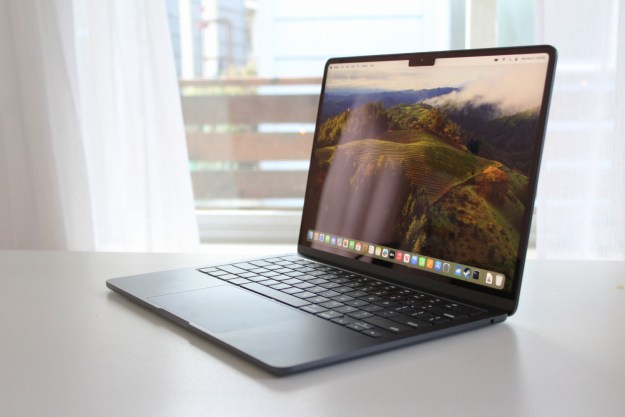Apple has launched the new Mac Pro, meaning it’s now available to order. The company’s high-end Pro Display XDR monitor has also launched alongside the top-of-the-line desktop computer.
Apple first announced the redesigned Mac Pro at WWDC in June 2019. The company described the computer as a “breakthrough workstation for pros who push the limits of what a Mac can do,” with a focus on modularity and a return to a traditional tower design, marking a departure from the 2013 Mac Pro’s so-called “trashcan” frame.

The new Mac Pro starts at $5,999 and comes with an 8-core 3.5GHz Intel Xeon W processor, 32GB of ECC memory, a 256GB SSD and an AMD Radeon Pro 580X graphics card as standard. If you feel like going all-out and need extreme power, the Mac Pro can be equipped with up to a 28-core 2.5GHz Intel Xeon W processor, 1.5TB of ECC RAM, a 4TB SSD and up to four AMD Vega graphics cards.
Despite all that power, what really makes the Mac Pro stand out is its modularity and room for expansion. It has 12 RAM slots and eight PCIe expansion slots, giving it far more options when it comes to adding extra components than the previous generation Mac Pro ever had.
As well as that, there are a number of unique, specially developed features that you won’t find on any other computer. First up, there are the Afterburner ProRes and ProRes Raw accelerator cards. As the name suggests, these accelerate raw image codecs in Apple’s Final Cut Pro X and QuickTime Player X apps, as well as supported third-party apps. Apple says these cards enable users to “decode up to three streams of 8K ProRes RAW video and 12 streams of 4K ProRes RAW video in real time.”

Another unique feature is the design of the tower itself. It comes with a handle on the top of the case that lets you remove the entire exterior shell in one go, giving you quick access to the computer’s internal components. And there’s a reason the front panel looks eerily like a cheese grater — all those holes help to maximize surface area, essentially acting as a massive heat sink to help cool the Mac Pro.
The Pro Display XDR, meanwhile, is a 32-inch 6K Retina display that packs in a whole heap of pro-level tech — a P3 wide color gamut, 10-bit color, a frankly huge 1,000,000:1 contrast ratio, a “nano-texture” matte coating option, up to 1,600 nits of peak brightness, as well as what Apple calls “the industry’s best polarizer technology.” It doesn’t come cheap, starting at $4,999 plus $999 for the accompanying Pro Stand, but then it is intended for extremely high-end workloads where this kind of price tag is far from uncommon.
Editors' Recommendations
- MacBook Pro 16 vs. MacBook Pro 14: The important differences
- If you buy one MacBook Air alternative, make it this one
- How Vision Pro tech could come to the Mac
- Why you should buy a MacBook Pro instead of a MacBook Air
- Which color MacBook should you buy? Here’s how to pick




